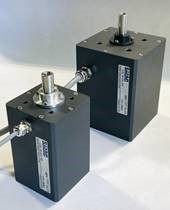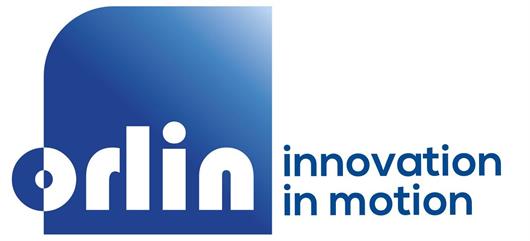 Add My Company
Add My Company

When is it best to use moving coil actuators for linear motion in dosing and dispensing applications?
Moving coil actuators, such as the CBL and LPL models from SMAC are commonly used for micro- or nano-positioning applications. They offer:
-
Strokes ranging from 5 to 25 mm with precision encoders from 5 µm to 0.02 µm.
-
Extremely precise positioning
-
Provide very smooth movement, often used in conjunction with linear bearings, crossed-roller guides, or linear shafts and round bearings to provide assemblies that are backlash-free
-
Fully programable for force, position and profile
-
Provide very high acceleration and deceleration rates
-
Capable of forces up to 170 N to precisely overcome valve springs
-
A cycle life from100 million in some applications, even 1 billion cycles, with movement profile repeatability of +/- 1 msec, which virtually eliminates over dosing
Two industry’s that have significantly benefited from the use of SMAC’s voice coil actuators are the medical and food industries.
-
Medical devices have become increasingly smaller and lighter, which requires every component to be as small and lightweight as possible.
-
The food industry needs to fill bottles of all sizes, plus nitrogen dispensing. SMAC’s voice coil actuators are an efficient and reliable solution for achieving this size and weight reduction, offering precise motion control for dosing applications with accuracy on a dosage of 0.200 ml with maximum tolerance of +/-0.002 ml, as well as valve control for metering and filling at high frequencies.
Electronic assembly is another industry that benefits from SMAC’s actuators. They are used for:
-
Circuit board assemblies
-
Mobile phone productions
-
Camera build-up sequences, that require programmable forces and SMAC soft-land technologies
Case Study
With SMAC, it is possible to get the work done correctly, monitor the continuous performance, and receive instant reporting if something is off, enabling maintenance service before the process is interrupted by failure. For instance, Apple uses SMAC’s soft-land and force control for assembling lens and speakers, as well as testing the haptic human interface screens with a human-like robotic finger.
How it works

SMAC’s Moving coil actuators consist of two main parts: a permanent magnet and a coil winding. When current is applied to the coil, a force is generated that is proportional to the amount of current, causing the moving part, which in SMAC’s case is the coil, to travel.
Although the original application for moving coil actuators was to vibrate the paper cones in loudspeakers(voice-coil), they have since been adopted in various industries that require precise and well-controlled movements in the single- and sub-millimeter range. SMAC makes in single and multipole versions.
SMAC’s moving coil actuators excel in this field because they have no hysteresis, which can affect the precision of bi-directional movements. They also have low inertia, making them the preferred choice over pneumatic or solenoids for dosing applications. Additionally, SMAC’s actuators can be fully programmed over the whole stroke, allowing for multiple programs sets of volume dispensing/dosing without requiring a complete new setup with different filling mechanisms, thus saving time and increasing throughput.”
SMAC’s CBL and LPL actuators are designed to fit into current dosing valve pitches with a price competitive with pneumatic devices, considering the extended life of the SMAC units.
In summary, moving coil actuators are a superior choice for dosing/dispensing applications that require precision, reliability, and efficiency.
The LPL comes in 30, 50, 85 square layouts customizable for high volume users, SMAC supplies customers for liquid nitrogen dosing, flavoring of various consumer drinks, with 99.9% control for volume displacement, plus many others.
If you would like to discuss your application, please just get in touch for a chat!
For more information on Using Moving Coil Actuators In Dosing And Dispensing Applications talk to ORLIN Technologies Ltd

